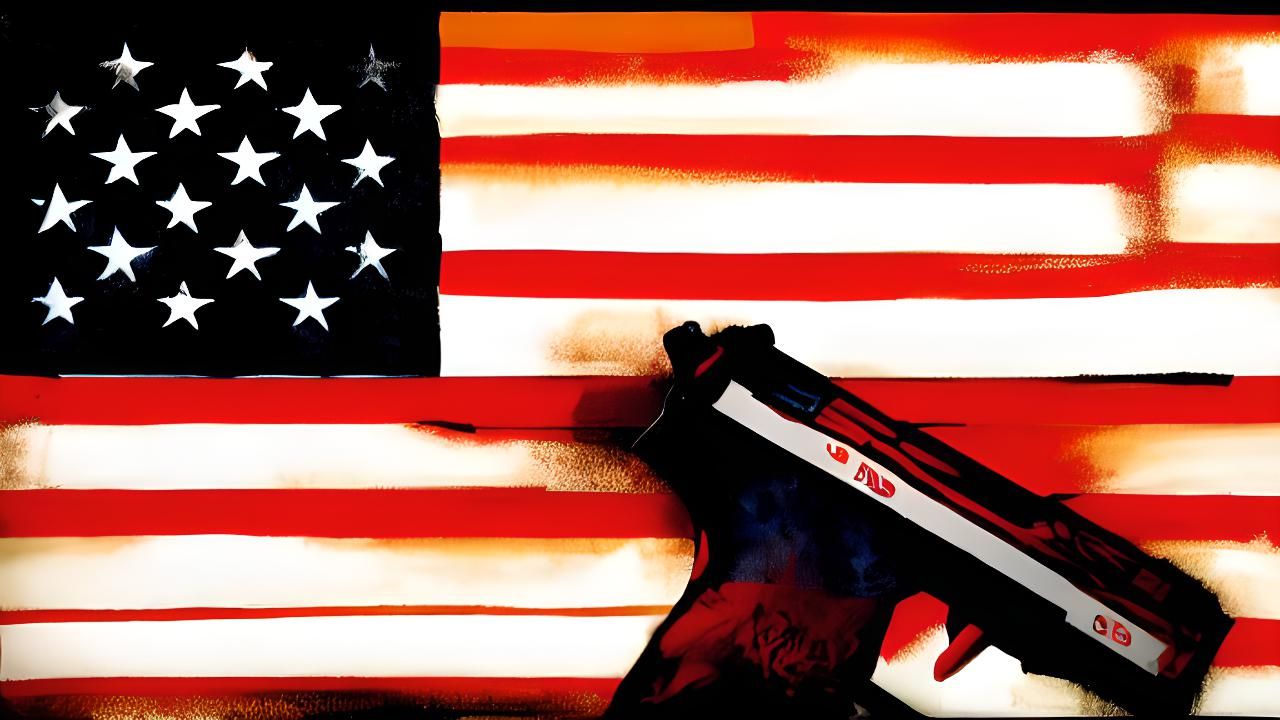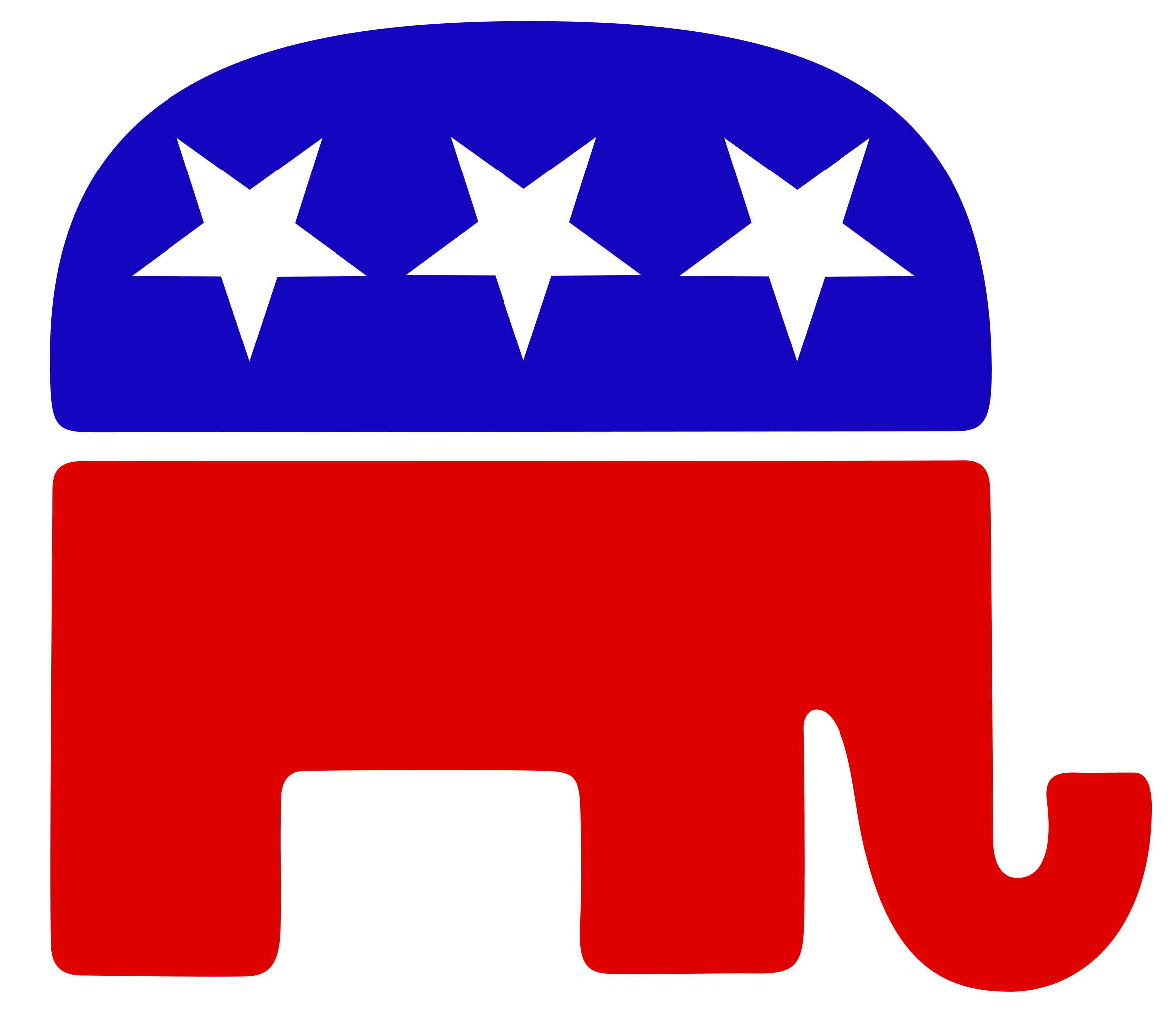Published with the generous permission of Ruth Ben-Ghiat. Read all of her outstanding writing in her Lucid newsletter.
By Ruth Ben-Ghiat
Glenda Prince no longer shops at her local supermarket near Austin, TX. Kayla Hyllested, who lives in Atlanta, has stopped going to her favorite bars and clubs. And Neil Patel, owner of a gas station in Philadelphia, now pays $750 per day for 24-hour armed guards. Fear of being a victim of gun violence has fueled these changes, all of which attest to the negative economic impact of shootings on local businesses.
We don't hear enough about the economic costs of gun violence, which now add up to $557 billion total per year or 2.6% of our GDP. This figure includes immediate costs, such as medical care at the scene of shootings; longer-term physical and mental health care; earnings lost due to disability and death; criminal justice costs; and reductions in the quality of life of victims and their families.
Given the staggering waste of life and economic resources, we need to ask American businesses and financial institutions why they are willing to sustain such costs and why the economic ripple effects of gun violence are not discussed publicly.
A high-profile business summit on these issues could provide momentum to the gun violence prevention movement and a way out of the needless drain on profits and productivity.
Americans are killing each other in record numbers, causing unbearable levels of grief and fear. A new Fox poll finds that 61% of Americans support a ban on assault weapons. And yet we cannot expect any collaboration on this issue from Republican elites. They have made it clear that they will tolerate any amount of death to keep the blood money flowing to politicians such as Senator Ted Cruz (R-TX), who has received $442,000 in gun industry donations since he took office in 2013.
As body counts have mounted, GOP lawmakers have become more eager to display their loyalty to arms dealers: they pose with those dealers' products in campaign ads, and wear assault-rifle pins in Congress.
Individuals and civil society groups, along with the Democratic party, can collaborate with gun violence prevention organizations, building bridges with constituencies to let them know the tide of public opinion is turning on this issue. The financial and business sectors are an obvious group, given the losses they sustain.
Messaging matters in arguing the case for change. Focusing on outcomes and solutions to be implemented step-by-step may prove persuasive, as well as letting people know that a different reality is desired by millions of Americans. Communications strategist Anat Shenker-Osorio suggests a pitch: "Imagine sending your kid to school, and the biggest worry on their minds is, 'Where did I put my homework?' This is the future, and it’s ours for the taking...Losing too many of our loved ones to gun violence is a choice we don't need to keep making."
Business owners and financial elites who care about economic outcomes could be approached in a similar vein. Imagine a world in which American employers do not have the burden of $534.91 million per year in direct costs related to gun violence or lose an average $1.47 million daily in productivity, revenue, and personnel costs.
Days lost from work while families grieve, businesses and commercial establishments closed temporarily after shootings, recruiting and training replacements for workers taking medical leave, implementing security enhancements such as active shooter trainings (Starbucks now requires them for its baristas) all have a cost.
It’s also in the interests of Chambers of Commerce and other business development agencies to invest in gun violence prevention. An Urban Institute study found that shootings reduced local business growth by 4%, took away jobs, and forced business owners to pay for costly security systems, cutting into their profits.
Calling out the financial fallout from gun violence means exposing which areas of the economy profit from mass death. The gun industry makes about $9 billion a year. Where are the probing interviews with its top executives? We also need more coverage of the costs to commerce as private security firms replace police at stores, hotels, and more. As for the booming business of school security, the headline of a 2022 CNBC article, "How school shootings created a $3.1 billion security industry," says it all.
We should support the businesses and financial institutions that are making choices to help reduce gun violence by taking actions that others in their sector can replicate. Dick's Sporting Goods and Walmart no longer sell assault-style rifles in stores. The asset manager BlackRock now offers its clients the possibility of excluding firearms manufacturers from their portfolios. Bank of America no longer lends money to gun manufacturers that make military-style firearms for civilian use.
A $557 billion cost to the national economy per year is not sustainable, and neither is the silence of American businesses and financial institutions on this matter. We are at a crossroads as a nation. American businesses and financial institutions must ask themselves: will we continue to accept the destruction of our human and economic resources, or will we contribute to more productive and positive future for our country by backing gun violence prevention?



